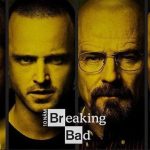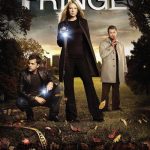“The Lord of the Rings: The Return of the King 2003”
- movieslovers
- November 12, 2024
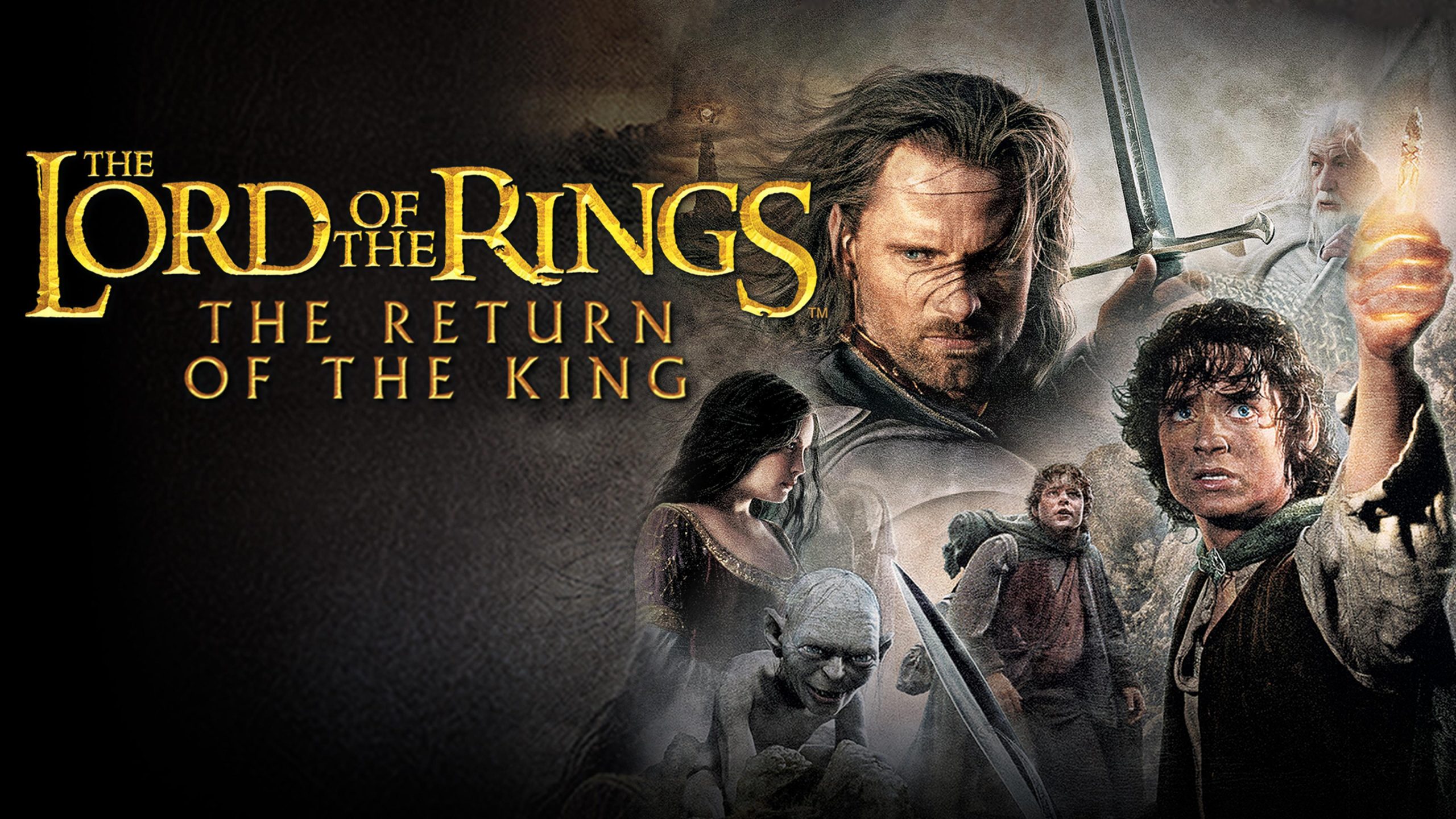
“The Lord of the Rings: The Return of the King” (2003) is the epic conclusion to Peter Jackson’s The Lord of the Rings trilogy, based on the beloved fantasy novels by J.R.R. Tolkien. The film follows the journey of Frodo Baggins (Elijah Wood), Samwise Gamgee (Sean Astin), Aragorn (Viggo Mortensen), and their companions as they face the final challenges in the battle against Sauron and his dark forces. The film blends breathtaking action, rich character development, and an emotionally resonant conclusion to one of the greatest cinematic journeys ever made.
Plot Summary
The film picks up where The Two Towers (2002) left off, with Frodo and Sam nearing the heart of Mordor, carrying the One Ring and the burden of its corrupting power. Meanwhile, the armies of Gondor, led by Aragorn, Gimli (John Rhys-Davies), and Legolas (Orlando Bloom), prepare for a massive battle at the gates of Minas Tirith to defend Middle-earth from the overwhelming forces of Sauron.
Aragorn, claiming his birthright as the King of Gondor, must unite the fractured kingdoms of men to stand against Sauron’s forces. Alongside Gandalf (Ian McKellen), Éowyn (Miranda Otto), Faramir (David Wenham), and other key characters, they form a final alliance to wage war.
As the battle rages, Frodo and Sam face challenges from within, as Gollum (Andy Serkis) betrays them, further tempting Frodo to the dark side. The climactic final confrontation occurs at Mount Doom, where Frodo must make the ultimate decision that will determine the fate of Middle-earth.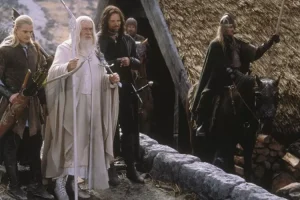
Key Themes
- Sacrifice and Redemption: A major theme in The Return of the King is the selflessness of the characters who risk everything to defeat evil, with Frodo and Sam’s sacrifice being the emotional heart of the story. The film also explores the idea of redemption, with characters like Aragorn and Gollum facing their own paths to redemption, or in Gollum’s case, the tragic consequences of failing to break free from the Ring’s grasp.
- Leadership and Responsibility: Aragorn’s journey from reluctant heir to the throne to a true king is central to the film. As he takes on the mantle of leadership, he must make hard choices, unite the kingdoms of men, and face the terror of Sauron’s army. Leadership is also explored through Gandalf and other characters, each embodying different aspects of responsibility and heroism.
- Friendship and Loyalty: The bond between Frodo and Sam is one of the film’s emotional touchstones. Their friendship, loyalty, and mutual support, especially as they near their goal in Mordor, is central to the film’s success. The fellowship of characters, from the warriors of Rohan and Gondor to the companionship of Aragorn, Legolas, and Gimli, highlights the strength of unity.
- Hope and Perseverance: Despite seemingly insurmountable odds, The Return of the King shows how hope, no matter how small, can be the spark that drives characters to persevere. The film emphasizes that even in the darkest times, the spirit of good can still triumph over evil, symbolized by the humble but persistent heroes.
- Corruption and the Power of the Ring: The One Ring’s power to corrupt and control is central to the plot, particularly in the relationship between Frodo, Sam, and Gollum. Frodo’s journey highlights the overwhelming temptation of power and the toll it takes on the soul.
Character Arcs and Performances
- Frodo Baggins (Elijah Wood): Frodo’s emotional and physical journey culminates in The Return of the King. Elijah Wood’s portrayal captures the weight of Frodo’s responsibility and the immense burden the Ring places on him. His gradual exhaustion and internal struggle are evident, and Wood’s performance gives the character a deep humanity that makes his sacrifices feel earned.
- Samwise Gamgee (Sean Astin): Sam is the true hero of the story, offering unwavering support and loyalty to Frodo, even when the journey becomes nearly impossible. Sean Astin’s performance as Sam is heartwarming and filled with emotion, with Sam emerging as the film’s moral center and the emotional heartbeat of the narrative.
- Aragorn (Viggo Mortensen): Aragorn’s arc comes to fruition as he embraces his destiny as the King of Gondor. Viggo Mortensen brings a stoic yet passionate presence to the role, portraying Aragorn as a true leader who faces personal doubt but rises to the occasion when his people need him most. His journey from ranger to king is one of the most satisfying character arcs in the trilogy.
- Gandalf (Ian McKellen): Gandalf’s wisdom and guidance continue to serve as a pillar for the Fellowship. Ian McKellen’s portrayal deepens in The Return of the King as Gandalf assumes a more active leadership role, both in battle and in his role as a spiritual guide for Aragorn and others.
- Gollum (Andy Serkis): Gollum’s tragic arc reaches its peak in The Return of the King, with Andy Serkis delivering an iconic and heartbreaking performance. Through motion capture technology, Serkis brought Gollum to life as both a grotesque villain and a tragic figure consumed by obsession and jealousy.
- Other Characters: The ensemble cast, including Éowyn, Legolas, Gimli, Faramir, and Theoden (Bernard Hill), all contribute to the film’s rich tapestry of characters. Éowyn’s battle with the Witch-King of Angmar is a memorable and empowering moment, and the bonds between the members of the Fellowship—particularly between Aragorn, Legolas, and Gimli—offer both lighthearted moments and emotional depth.
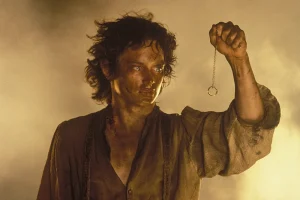
Visual Effects and Cinematography
The Return of the King boasts some of the most impressive visual effects and cinematography in film history. The epic Battle of Minas Tirith, with its massive scale and intricate details, is one of the most awe-inspiring action sequences in cinematic history. The siege of the city, combined with the use of CGI for large-scale battle scenes, was groundbreaking at the time.
The visual effects team also used advanced CGI to create creatures like the Oliphants, the Nazgul, and the Witch-King, blending seamlessly with practical effects. The climactic scenes in Mount Doom and the final battle with the Mordor forces showcase the blending of practical sets with CGI to bring Tolkien’s world to life in a visually stunning way.
Reception and Legacy
The Return of the King was universally acclaimed by critics and audiences, receiving multiple awards, including 11 Academy Awards, including Best Picture, Best Director, Best Adapted Screenplay, and Best Visual Effects. It became one of the highest-grossing films of all time and remains a cornerstone of modern epic filmmaking. The film’s success, along with the entire trilogy, cemented the legacy of The Lord of the Rings as one of the most influential and beloved film franchises in history.
The emotional weight and thematic depth of The Return of the King helped redefine what was possible in both fantasy filmmaking and blockbuster storytelling, making it a crucial moment in cinema history.
Cast and Crew
- Director: Peter Jackson
- Writers: Fran Walsh, Philippa Boyens, Peter Jackson (adapted from the book by J.R.R. Tolkien)
- Cast:
- Elijah Wood as Frodo Baggins
- Viggo Mortensen as Aragorn
- Ian McKellen as Gandalf
- Sean Astin as Samwise Gamgee
- Orlando Bloom as Legolas
- John Rhys-Davies as Gimli
- Miranda Otto as Éowyn
- Bernard Hill as Théoden
- Andy Serkis as Gollum
- David Wenham as Faramir
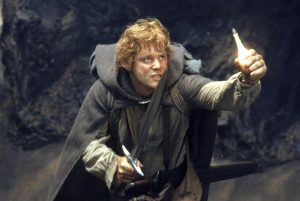
Fun Facts
- The Oliphants: The large elephant-like creatures in the film were created using a combination of CGI and practical effects, including animatronic heads.
- Shooting in New Zealand: The trilogy was shot on location in New Zealand, with its diverse and stunning landscapes providing the perfect backdrop for Middle-earth’s fantastical locations.
- Andy Serkis’ Gollum: Serkis’s portrayal of Gollum is legendary, with his motion-capture performance revolutionizing the way CGI characters are created in films.
Conclusion
The Lord of the Rings: The Return of the King is a cinematic masterpiece that concludes one of the most remarkable film trilogies ever made. With breathtaking visuals, unforgettable performances, and a deeply emotional story, it remains a benchmark in the fantasy genre. The film’s combination of epic battles, personal sacrifice, and the resolution of a long-fought journey makes it a timeless classic, and its place in film history is assured.


